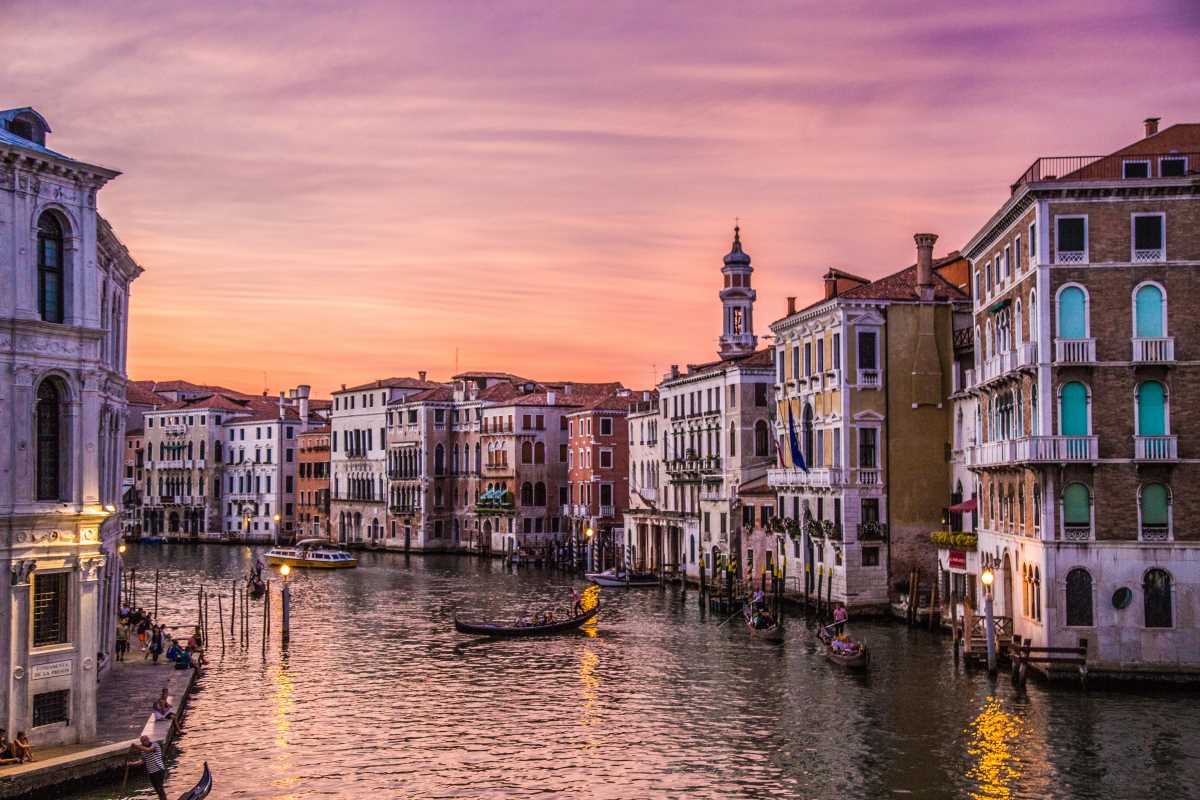Few experiences are as exciting as exploring multiple European countries on a single trip. Europe offers endless discoveries, from historic landmarks to diverse cultures and stunning landscapes. But hopping from country to country can get expensive if you're not strategic. With thoughtful planning, you can experience the best of Europe without breaking the bank. Here's how to plan a multi-country European adventure on a budget.
1. Set a Realistic Budget Before You Travel
Your first step is to figure out how much you can afford to spend. Break your budget down into key categories such as transportation, accommodation, food, and sightseeing:
- Research Costs Early: Use online tools like Google Flights, Booking.com, and rail fare calculators to estimate expenses.
- Build a Cushion: Set aside extra for unexpected costs like currency conversion fees or last-minute changes.
2. Choose Your Destinations Wisely
Not all European destinations are created equal when it comes to cost. Mixing expensive cities with affordable ones can help balance your budget:
- Budget-Friendly Countries: Eastern European countries like Poland, Hungary, and Czechia offer rich cultural experiences at a fraction of the cost of places like Switzerland or France.
- Plan in Clusters: Focus on neighboring countries to reduce travel time and costs (e.g., Germany, Austria, and Czechia, or Spain and Portugal).
3. Save Big on Transportation
Moving between countries is often one of the biggest expenses. The good news is, Europe has plenty of affordable options:
- Use Budget Airlines: Carriers like Ryanair, EasyJet, and Wizz Air often have great deals on short hops between cities. Be mindful of baggage fees and weigh that against ticket prices.
- Take Trains or Buses: Eurail and Interrail passes can offer unlimited travel on trains within a certain period, saving money on longer routes. For bus options, check out FlixBus for cheap and convenient cross-country trips.
- Travel Overnight: Book overnight trains or buses to combine transportation and accommodation in one cost.
4. Opt for Affordable Accommodations
Accommodation can eat up a big chunk of your travel expenses, but there are plenty of ways to save without sacrificing comfort:
- Stay in Hostels: Modern hostels often provide private rooms in addition to dorms, offering affordable comfort. Websites like Hostelworld make it easy to book.
- Try Vacation Rentals: Airbnb or Vrbo rentals are ideal for groups or longer stays, especially if you can use a kitchen to cook meals.
- Consider Couchsurfing: For the adventurous traveler, Couchsurfing offers free stays with locals, allowing you to experience cultures up close.
- Travel Off-Season: Not only are accommodations cheaper, but you’ll also avoid crowds. Consider spring or fall instead of peak summer.
5. Cut Meal Costs Without Losing Flavor
You can immerse yourself in Europe’s culinary culture without dining at high-end restaurants every meal:
- Eat Like a Local: Visit street markets, food trucks, and mom-and-pop eateries to enjoy great food at low prices.
- Cook Your Own Meals: Opt for accommodations with kitchen facilities, and shop at local grocery stores for fresh and affordable ingredients.
- Enjoy Lunch Specials: Many restaurants offer prix-fixe lunch menus, which are significantly cheaper than dinner.
- Avoid Tourist Traps: Restaurants near major landmarks often have inflated prices but lower quality. Wander a few blocks away for authentic and budget-friendly options.
6. Plan Sightseeing on a Budget
Europe’s rich history and culture don’t have to come with a hefty price tag. There are tons of free or low-cost experiences:
- Use City Passes: Cities like Paris, Amsterdam, and Rome offer tourist cards that bundle entry to major attractions, free public transport, and discounts.
- Visit Free Attractions: Many museums, parks, and landmarks are free to visit or have discounted days (like the Louvre in Paris on the first Sunday of the month).
- Take Walking Tours: Free walking tours, often tip-based, are available in most European cities and offer insightful, fun ways to explore.
- Explore Nature: From hiking trails in Slovenia to the beaches of Portugal, the great outdoors is free and stunning.
7. Prioritize Experiences That Matter to You
Attempting to do everything can overwhelm your schedule and your wallet. Instead, focus on the things you truly want to experience:
- Research Ahead: Look up must-see landmarks and events, then decide which are worth the entry fees.
- Skip the Lines: Save time and money by booking tickets online in advance for popular attractions.
- Balance Paid and Free Activities: Plan a complementary free activity for every ticketed museum or event like a stroll through a historic neighborhood or relaxing in a public square.
8. Stay Connected Without Splurging
Roaming fees can be expensive, but staying connected is vital for navigation and communication:
- Buy a Local SIM Card: If your phone is unlocked, purchasing a European SIM card is cheaper than international plans.
- Use Free Wi-Fi: Many cafes, libraries, and public transit hubs offer free Wi-Fi.
9. Track Your Spending
It’s easy to overspend if you don’t pay attention to daily expenses:
- Use Budget Apps: Apps like Trail Wallet or Splitwise can help you track costs and avoid surprises.
- Set a Daily Limit: Allocate a specific amount for daily expenses and stick to it.
A multi-country European trip doesn’t have to drain your savings. With smart planning, flexibility, and a focus on value, you can create unforgettable memories across Europe while sticking to a budget. Balancing affordable transportation, strategic accommodations, and free or low-cost activities’ll maximize your experience without overspending. Europe is waiting—start planning your budget-friendly adventure today!
 (Image via
(Image via





